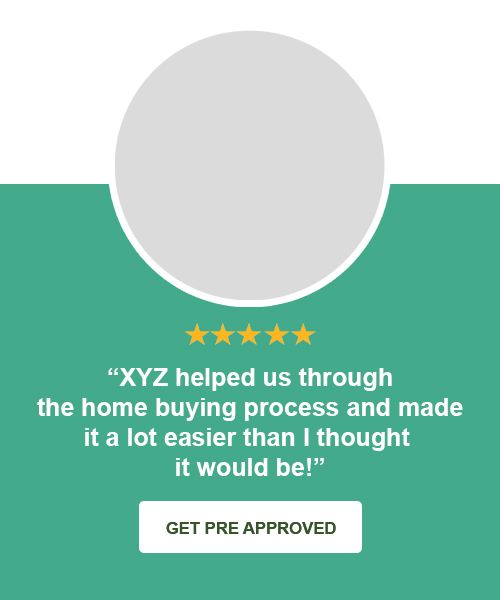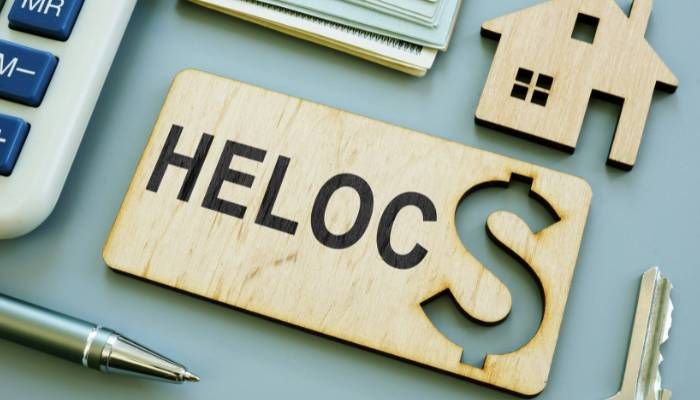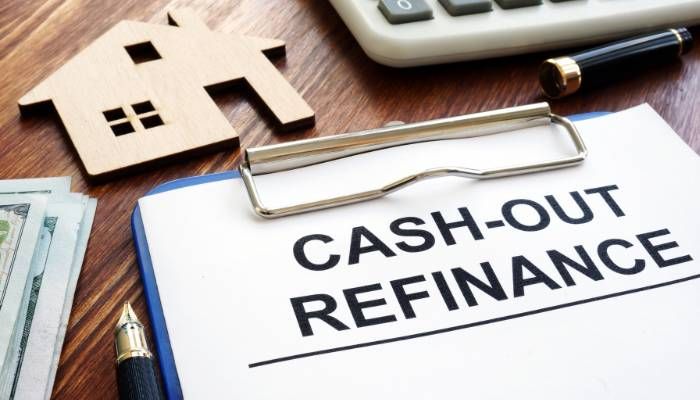
The difference between a mortgage pre-approval and a mortgage pre-qualification
Understanding the difference between a mortgage pre-approval and a mortgage pre-qualification is essential for anyone looking to buy a home. While these terms are often used interchangeably, they represent two distinct steps in the mortgage process with different purposes and outcomes.
A mortgage pre-qualification is an estimate of how much a potential borrower may be able to borrow based on self-reported income and debt. It is a relatively simple and quick process that does not involve a thorough review of financial documents. A mortgage pre-qualification is often used as a starting point in the home buying process to give buyers an idea of their budget and to help them narrow down their search.
To obtain a mortgage pre-qualification, a potential borrower usually provides a lender with information such as their employment status, income, and debts. Based on this information, the lender can estimate the maximum mortgage amount that the borrower may be able to qualify for. However, it is important to note that a mortgage pre-qualification is not a guarantee of a mortgage loan and is based on assumptions rather than verified information.
On the other hand, a mortgage pre-approval is a more in-depth evaluation of a potential borrower’s financial situation and creditworthiness. It involves a review of financial documents such as:
- Proof of employment: This may include pay stubs, W-2 forms, and job offer letters.
- Proof of income: This may include tax returns, bank statements, and other financial documents that show the borrower’s income.
- Proof of assets: This may include bank statements, investment account statements, and other documents that show the borrower’s assets and savings.
- Proof of debts: This may include credit card statements, loan statements, and other documents that show the borrower’s outstanding debts and liabilities.
- Identification: This may include a driver’s license, passport, or other government-issued identification.
- Authorization to run credit check: The lender will need the borrower’s permission to run a credit check in order to assess their creditworthiness.
To obtain a mortgage pre-approval, a potential borrower usually completes a mortgage application and provides the lender with a variety of financial documents. The lender reviews these documents and conducts a credit check to determine the borrower’s creditworthiness. If the borrower meets the lender’s criteria, the lender will issue a mortgage pre-approval letter indicating the maximum mortgage amount that the borrower is approved for. It is important to note that a mortgage pre-approval is not a guarantee of a mortgage loan, as the lender may still need to review the property being purchased before final approval is granted.
Additionally, a mortgage pre-approval carries more weight in the home buying process and can give buyers a competitive edge when making an offer on a home.
It is important to note that the specific documents required for a mortgage pre-approval may vary depending on the lender and the borrower’s individual circumstances. The lender may also request additional documents as needed during the pre-approval process.
When a buyer makes an offer on a home, the seller may ask for a pre-approval letter as evidence of the buyer’s ability to secure financing. A pre-approval letter can also help the buyer negotiate a better deal, as it shows the seller that the buyer is a serious and qualified buyer. In contrast, a mortgage pre-qualification may not carry the same weight and may not be sufficient to convince the seller that the buyer is a serious and qualified buyer.
Another key difference between a mortgage pre-qualification and a mortgage pre-approval is the level of commitment involved. A mortgage pre-qualification is a non-binding process, which means that the lender is not obligated to lend to the borrower even if the borrower is pre-qualified. On the other hand, a mortgage pre-approval is a more committed process, as the lender has reviewed the borrower’s financial documents and is willing to lend to the borrower up to the approved amount.
Common challenges faced during mortgage pre-qualifications or approvals
There are also potential challenges and considerations that a borrower should be aware of when it comes to obtaining a mortgage pre-qualification or a mortgage pre-approval. For example, if a borrower has a low credit score or high debt-to-income ratio, they may have difficulty obtaining a mortgage pre-approval or may be approved for a lower mortgage amount than they hoped for.
In these cases, the borrower may need to work on improving their credit score or reducing their debt before applying for a mortgage.
Alternatively, the borrower may consider seeking a mortgage from a lender that specializes in working with borrowers with less than perfect credit or seeking a government-backed loan such as a FHA loan, which has more lenient credit requirements. It is also worth considering refinancing options if the borrower has an existing mortgage and is looking to transfer it to a new property.
In conclusion, understanding the difference between a mortgage pre-qualification and a mortgage pre-approval is essential for anyone looking to buy a home. A mortgage pre-qualification is a useful starting point to give buyers an idea of their budget, but it is not a guarantee of a mortgage loan. A mortgage pre-approval is a more thorough evaluation of a borrower’s financial situation and a stronger indication of their ability to secure a mortgage loan, but it is also not a guarantee of a loan. Borrowers should be aware of the limitations of both processes and be prepared to address any challenges or considerations that may arise during the mortgage process.
Get A Pre-Approval Today!

Home Mortgage Calculator


Leave a Reply